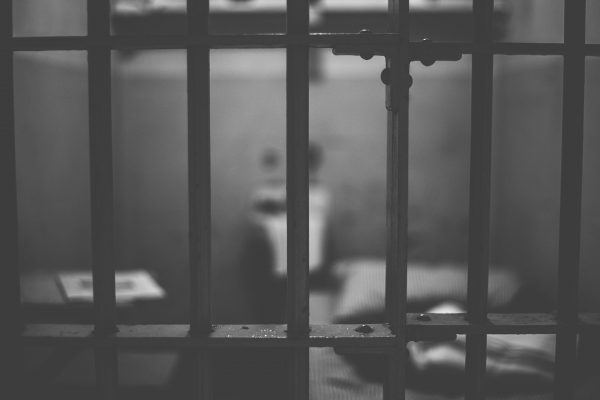
The United States, with only 5% of the world’s population, incarcerates nearly 20% of the world’s prisoners. At the peak of the mass incarceration era in 2000, one in three Black men was projected to be incarcerated in his lifetime, compared to 1 in 17 White men. The racial disparities of the criminal-legal system are well-documented, particularly for Black populations. How can we understand the origins of these racial disparities in mass incarceration in order to reduce or eliminate them?
Arguably the most famous account of anti-black racism and mass incarceration, The New Jim Crow remains a watershed work in literature on prisons. By tracing parallels between slavery, Jim Crow, and mass incarceration, law professor Michelle Alexander connects present-day criminal justice to the long history of American racial control to demonstrate how incarceration targets the Black community. Alexander’s argument draws from key sociological findings about racial control, including the scholarship of Loïc Wacquant, Michael Tonry, and others.
Alexander traces the history of voting rights to show the connections between slavery, Jim Crow, and mass incarceration. Although Black men gained the right to vote following the abolition of slavery, during Jim Crow these voting rights were systematically violated. In 1940, only 3% of African Americans in Louisiana were registered to vote. While the Voting Rights Act of 1965 reaffirmed these rights, issues of disenfranchisement remained, particularly as mass incarceration unfolded and more Black individuals lost their right to vote. Today, an estimated one in 16 Black adults in the United States cannot vote due to a felony conviction. From Alexander’s perspective, prisons are merely the latest iteration of racial control in the United States which limit the rights and livelihood of Black Americans.
- Michelle Alexander. 2010. The New Jim Crow: Mass Incarceration in the Age of Colorblindness. La Vergne: The New Press.
- Loïc Wacquant. 2000. “The New `Peculiar Institution’:: On the Prison as Surrogate Ghetto.” Theoretical Criminology 4(3):377–89.
- Michael Tonry. 1995. Malign Neglect: Race, Crime, and Punishment in America. Oxford University Press.
Historian Khalil Gibran Muhammad offers an alternative vision that centers the myth of “the Black criminal” as a source of racial oppression in the modern United States. Muhammad connects this myth to the long history of false ideas that have perpetuated white supremacy, such as biological notions of racial superiority, eugenics, and social-Darwinism. Blackness was intricately connected to crime in the late 19th century as a justification for discrimination and inequality in the United States. In this way, the very category of crime was racialized so that Black people were associated with criminal activity. This myth continues to influence perceptions of crime; for example, White people overestimate the level of crime committed by Black and Hispanic people and media representations consistently reinforce this image.
- Khalil Gibran Muhammad. 2010. The Condemnation of Blackness: Race, Crime, and the Making of Modern Urban America. Cambridge, Mass: Harvard University Press.
Law professor James Forman presents a different history by chronicling how Black leaders advocated for tough-on-crime policies to protect their own communities. When seeing the damage that drugs and violence wrought on their communities, Black voters and politicians sought solutions, including policies that inevitably contributed to mass incarceration such as harsher punishments. In doing so, Forman shows that African Americans were not solely the victims of the law-and-order movement. By chronicling the nuances of these policies, he argues that The New Jim Crow oversimplifies the origins of mass incarceration, even while it helps shed light on its injustice.
- James Forman. 2017. Locking up Our Own: Crime and Punishment in Black America. First edition.. New York: Farrar, Straus and Giroux.
- James Forman. 2012. “Racial Critiques of Mass Incarceration.” New York University Law Review 87:46.
After four decades of increases, the long wave of racialized mass incarceration may be receding. Since 2009, the overall U.S. imprisonment rate has dropped by about 17% and the Black imprisonment rate has declined by 29%. Nevertheless, enormous racial disparities remain, with the Black community continuing to suffer disproportionately from U.S. mass incarceration. How did this era come to be, and how can we stop it? These different visions of the racial disparities of mass incarceration are meaningful because they can help scholars, activists, and the public consider potential paths towards justice. Social science has greatly advanced the understanding of the historical causes of mass incarceration, which is essential for imagining a different and more just future.

Comments